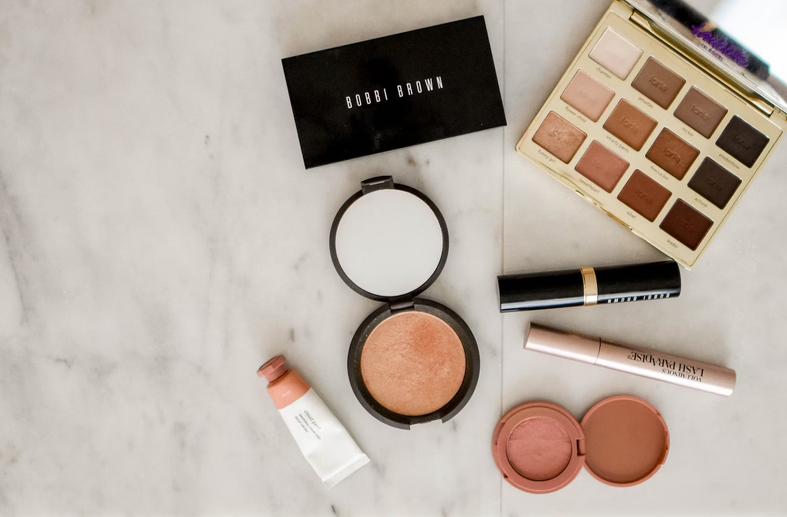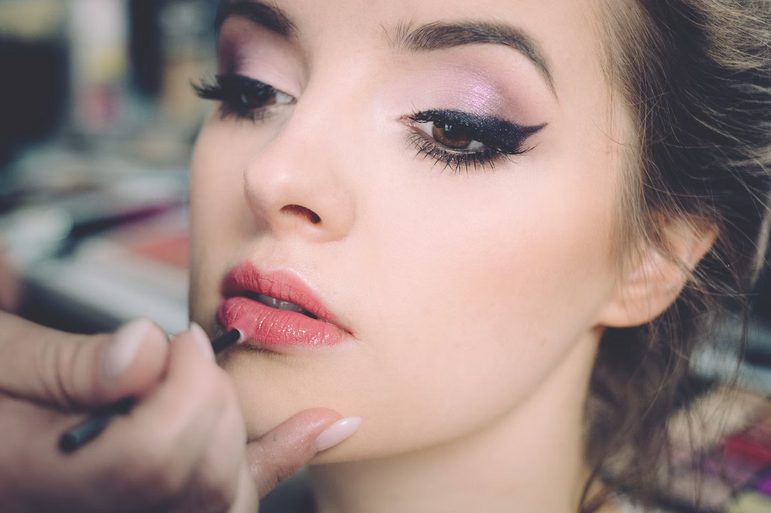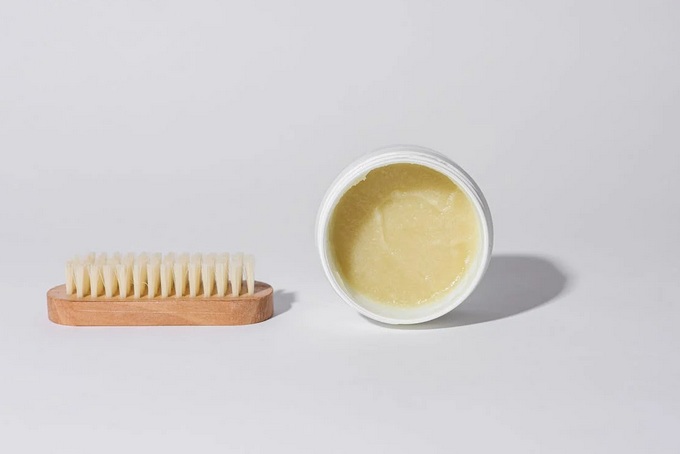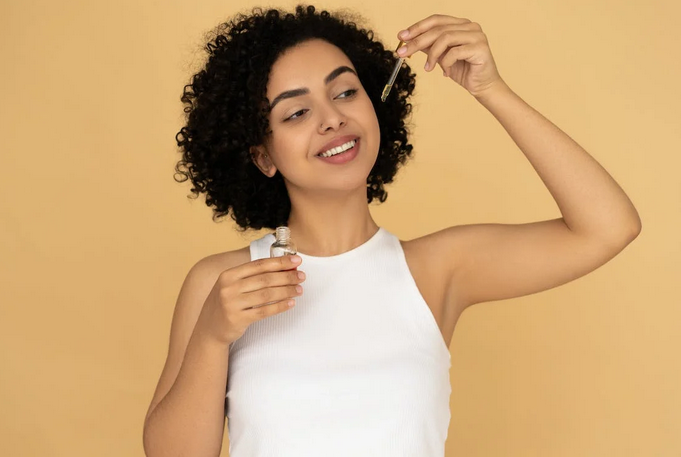Today, we’re going to tackle an essential topic that can make or break your wig-wearing experience: wig caps and foundations. If you’re just dipping your toes into the world of alternative hairstyles, understanding the different types of wig caps for human hair bundles from Luvme Hair and how they contribute to a comfortable fit is crucial.
As a side note, you should check the wig collections from Luvme Hair, as they always offer the best real human hair wigs. So, if you’ve ever wondered what makes a human hair wig feel like it was made for you, keep on reading.
Types of Wig Caps and Cap Construction

When it comes to wig caps, there are a few different types and constructions to consider. One of the most popular options is the monofilament cap. This type of cap features a sheer mesh material that mimics the appearance of your natural scalp, providing a realistic look even when the hair is parted. The individual strands of hair are hand-tied onto this mesh base, allowing for greater versatility in styling.
Another option to explore is the lace cap. Lace caps utilize a delicate lace material at the front or throughout the entire cap construction. This creates an incredibly natural-looking hairline as if each strand were growing directly from your own scalp. The lace also offers breathability and comfort, making it ideal for those who wear wigs for extended periods.
Benefits of Monofilament and Lace Caps
Let’s talk about the monofilament cap first. This type of cap offers a natural scalp appearance and exceptional comfort. The monofilament material allows for individual hairs to be hand-tied onto the cap, creating a realistic look that mimics natural hair growth.
Not only does the monofilament cap provide a natural scalp appearance, but it also offers superior comfort and breathability. The sheer construction of the cap allows air to flow freely through the wig, keeping your scalp cool and reducing any discomfort or irritation.
Another option worth considering is the lace cap. Like the monofilament cap, lace caps also provide a realistic scalp appearance and incredible comfort. The delicate lace material blends seamlessly with your skin tone, giving you an undetectable hairline.
Cap Size and Fit
Finding the perfect fit for your human hair wig is essential to achieving a natural and comfortable look. To ensure the best possible fit, it is crucial to measure your head size accurately. Here’s how you can do it.
- Start by taking a flexible measuring tape and placing it around your head just above your ears and eyebrows. Make sure the tape sits snugly but not too tightly against your scalp. Take note of this measurement, as it will help determine which cap size would be ideal for you.
- Next, refer to the sizing chart provided by the wig manufacturer or retailer. Different brands may have slightly different measurements for their cap sizes, so always double-check before making a purchase.
- When trying on wigs, pay attention to how secure they feel on your head. A well-fitted wig should not slip or slide when you move or tilt your head.
Cap Adjustments and Care
 Once you’ve found the perfect wig cap and achieved a comfortable fit, it’s important to know how to make adjustments as needed. Wig caps often come with adjustable straps or hooks at the nape of the neck, allowing you to tighten or loosen them for a secure fit. If your cap feels too tight, simply release some tension by adjusting the straps.
Once you’ve found the perfect wig cap and achieved a comfortable fit, it’s important to know how to make adjustments as needed. Wig caps often come with adjustable straps or hooks at the nape of the neck, allowing you to tighten or loosen them for a secure fit. If your cap feels too tight, simply release some tension by adjusting the straps.
On the other hand, if your cap feels loose or slips around, tightening the straps will provide a more snug fit. In addition to making necessary adjustments, caring for your wig cap is crucial in maintaining its longevity. Regularly cleaning your wig cap will help remove any dirt or oils that may have accumulated over time. Gently hand wash using mild shampoo and lukewarm water before air drying on a wig stand to maintain its shape.
So that’s it. Embrace those luscious locks from Luvme Hair with confidence. With the right foundation provided by high-quality wig caps and proper care techniques, you’ll always be ready to slay any hairstyle with comfort and style.




 Before selecting your outfit, it’s essential to consider the dress code of the theatre you’ll be attending. Some venues may have a formal dress code, while others are more casual. Research the specific guidelines of the theatre, which can often be found on their website or by contacting the box office. Adhering to the suggested dress code demonstrates respect for the venue and the performers.
Before selecting your outfit, it’s essential to consider the dress code of the theatre you’ll be attending. Some venues may have a formal dress code, while others are more casual. Research the specific guidelines of the theatre, which can often be found on their website or by contacting the box office. Adhering to the suggested dress code demonstrates respect for the venue and the performers. Considering the weather is a practical aspect of theatre attire. If attending during colder months, bring a
Considering the weather is a practical aspect of theatre attire. If attending during colder months, bring a 
 Last but not least, you also want to avoid polyacrylamide in your skincare products. Polyacrylamide is a synthetic polymer that is often used as a thickening agent. It can be found in some creams, lotions, and hair care products. Polyacrylamide has been linked to cancer and reproductive toxicity. Some reports showed that polyacrylamide can also cause skin irritation. If you see polyacrylamide listed as an ingredient on a product, it’s best to avoid it.
Last but not least, you also want to avoid polyacrylamide in your skincare products. Polyacrylamide is a synthetic polymer that is often used as a thickening agent. It can be found in some creams, lotions, and hair care products. Polyacrylamide has been linked to cancer and reproductive toxicity. Some reports showed that polyacrylamide can also cause skin irritation. If you see polyacrylamide listed as an ingredient on a product, it’s best to avoid it.